Over the course of the Farm Profit Programme, one of the keys to a profitable suckler cow system was reducing the cost of wintering. Across the six programme farms, all managed to reduce the cost of wintering using a variety of different methods.
Out wintering, straw diets, fodder crops and moving calving date all played a part in reducing the cost of keeping cows.
The Duffus family, Auchriachan

Programme advisor Robert Gilchrist with Andy and Debbie Duffus inspecting the turnip crop.
Early on in the programme, Andy and Debbie identified that reducing the cost of winter reducing the cost of winter was important to improve the gross margin. Farming over 3,000ac, all above 1,000 feet from sea level, brings a lot of challenges, with long winters and additional haulage costs for feed and straw.
To combat this, the farm established a hill herd, which would be kept outdoors 12 months a year and calve in May.
This dramatically reduced the cost of keeping cows on the farm, as the herd of Highland and Shorthorn cattle had no housing and bedding costs.
In addition to reducing the housing costs over winter, Andy and Debbie set about growing more fodder for the cattle and sheep.

Highland cow and bull at Duffus' farm in Tomintoul.
For the first time in over 30 years, they grew a crop of turnips, which could be the highest neep crop in Scotland.
Previously, the red deer population ate any attempt at growing turnips, but a newly fenced-in field ensured that the plants stood a chance.
In 2020, 15ac of turnips were planted, which grazed a batch of 56 hill cows from November, as well as 200 Blackface ewes.
The turnips were slow to be eaten, with only 5ac consumed by the start of March, but this was due to 3ft of snow which lay across the farm for weeks between December and March. The cattle were supplemented with bales of silage during the colder weather.
The cost of keeping cows was around £11/cow, which contributed to a gross margin per head of £183/cow in 2019.
The Duguid Family, Cranna

Scott Duguid moved the electric fence daily.
The Duguids identified attacking the cost of winter as key to driving profits into the business.
One of the first things they did was establish a crop of Swift (forage rape/kale hybrid), sown with a direct drill into an old grass sward after it was burnt off.
The direct drill worked well, due to the fact that it left such a large area of the field undisturbed, meaning that there was sufficient moisture in the land to get the crop off to a good start.
At the cost of £56/t of dry matter utilised from the field, this is a very cost effective feed to carry cows into winter.
Clearly, cows can not be fed a 100% diet of Swift, so one-third of their diet was made up of straw. Pricing straw at £120/t, this brings the feed cost per cow per day to £1.11, excluding minerals.
The two systems were a lot cheaper than the cost of silage and straw, which came in at £1.94/day, 83p/day more than those outwintered
The second alternative wintering method was to feed dry cows on straw and syrup. This reduced the total straw requirement, including bedding, as the diet and dung is much drier compared to the usual silage. The total cost of daily feeding and bedding was £1.55/day, excluding minerals.
This diet was ideal for cows looking to lose condition before calving. The two systems were a lot cheaper than the cost of silage and straw, which came in at £1.94/day, 83p/day more than those outwintered.
The other point to note is the time spent feeding and bedding cattle over winter. Cows on Swift were timed to take 56 seconds per cow per day, cows on straw and syrup were 30 seconds per cow per day.
Finally, the cows on the conventional silage and straw bedding took 90 seconds per cow per day.
The straw-fed and outwintered cows were both put onto a silage and straw mixed ration for the final six weeks before calving at the start of April.
This means that the average saving per cow on the alternative diet of straw or Swift was costing £60/head less than previous years.
Over the course of the Farm Profit Programme, one of the keys to a profitable suckler cow system was reducing the cost of wintering. Across the six programme farms, all managed to reduce the cost of wintering using a variety of different methods.
Out wintering, straw diets, fodder crops and moving calving date all played a part in reducing the cost of keeping cows.
The Duffus family, Auchriachan

Programme advisor Robert Gilchrist with Andy and Debbie Duffus inspecting the turnip crop.
Early on in the programme, Andy and Debbie identified that reducing the cost of winter reducing the cost of winter was important to improve the gross margin. Farming over 3,000ac, all above 1,000 feet from sea level, brings a lot of challenges, with long winters and additional haulage costs for feed and straw.
To combat this, the farm established a hill herd, which would be kept outdoors 12 months a year and calve in May.
This dramatically reduced the cost of keeping cows on the farm, as the herd of Highland and Shorthorn cattle had no housing and bedding costs.
In addition to reducing the housing costs over winter, Andy and Debbie set about growing more fodder for the cattle and sheep.

Highland cow and bull at Duffus' farm in Tomintoul.
For the first time in over 30 years, they grew a crop of turnips, which could be the highest neep crop in Scotland.
Previously, the red deer population ate any attempt at growing turnips, but a newly fenced-in field ensured that the plants stood a chance.
In 2020, 15ac of turnips were planted, which grazed a batch of 56 hill cows from November, as well as 200 Blackface ewes.
The turnips were slow to be eaten, with only 5ac consumed by the start of March, but this was due to 3ft of snow which lay across the farm for weeks between December and March. The cattle were supplemented with bales of silage during the colder weather.
The cost of keeping cows was around £11/cow, which contributed to a gross margin per head of £183/cow in 2019.
The Duguid Family, Cranna

Scott Duguid moved the electric fence daily.
The Duguids identified attacking the cost of winter as key to driving profits into the business.
One of the first things they did was establish a crop of Swift (forage rape/kale hybrid), sown with a direct drill into an old grass sward after it was burnt off.
The direct drill worked well, due to the fact that it left such a large area of the field undisturbed, meaning that there was sufficient moisture in the land to get the crop off to a good start.
At the cost of £56/t of dry matter utilised from the field, this is a very cost effective feed to carry cows into winter.
Clearly, cows can not be fed a 100% diet of Swift, so one-third of their diet was made up of straw. Pricing straw at £120/t, this brings the feed cost per cow per day to £1.11, excluding minerals.
The two systems were a lot cheaper than the cost of silage and straw, which came in at £1.94/day, 83p/day more than those outwintered
The second alternative wintering method was to feed dry cows on straw and syrup. This reduced the total straw requirement, including bedding, as the diet and dung is much drier compared to the usual silage. The total cost of daily feeding and bedding was £1.55/day, excluding minerals.
This diet was ideal for cows looking to lose condition before calving. The two systems were a lot cheaper than the cost of silage and straw, which came in at £1.94/day, 83p/day more than those outwintered.
The other point to note is the time spent feeding and bedding cattle over winter. Cows on Swift were timed to take 56 seconds per cow per day, cows on straw and syrup were 30 seconds per cow per day.
Finally, the cows on the conventional silage and straw bedding took 90 seconds per cow per day.
The straw-fed and outwintered cows were both put onto a silage and straw mixed ration for the final six weeks before calving at the start of April.
This means that the average saving per cow on the alternative diet of straw or Swift was costing £60/head less than previous years.







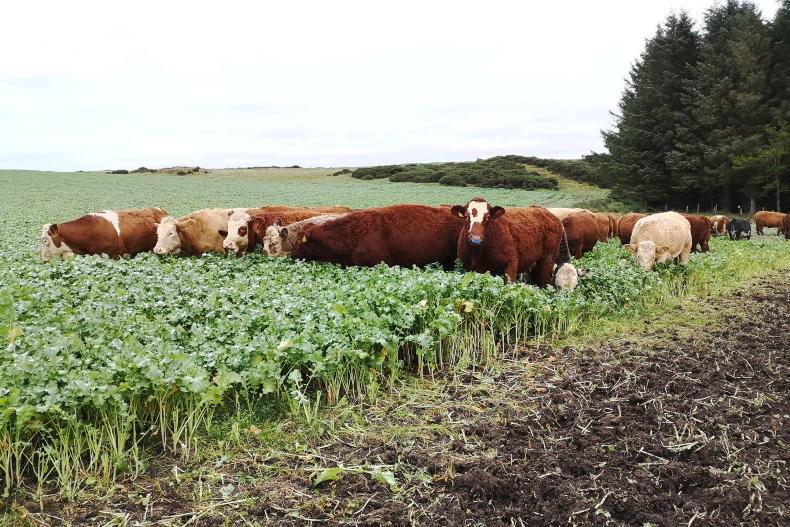
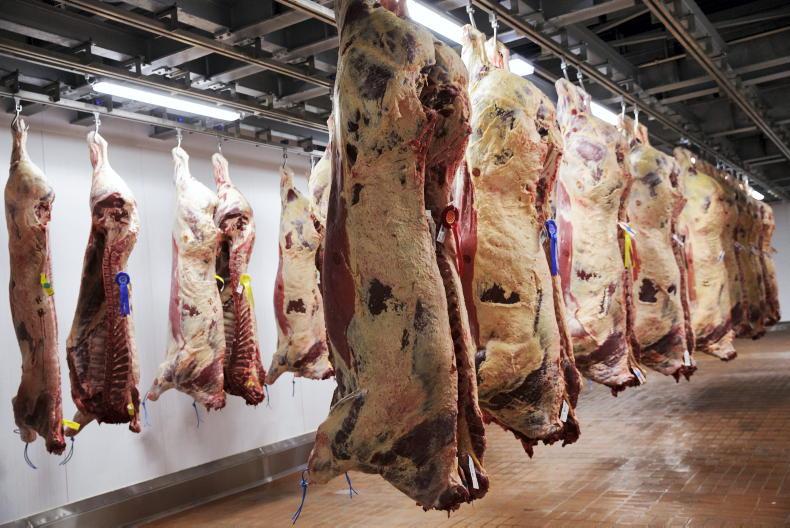

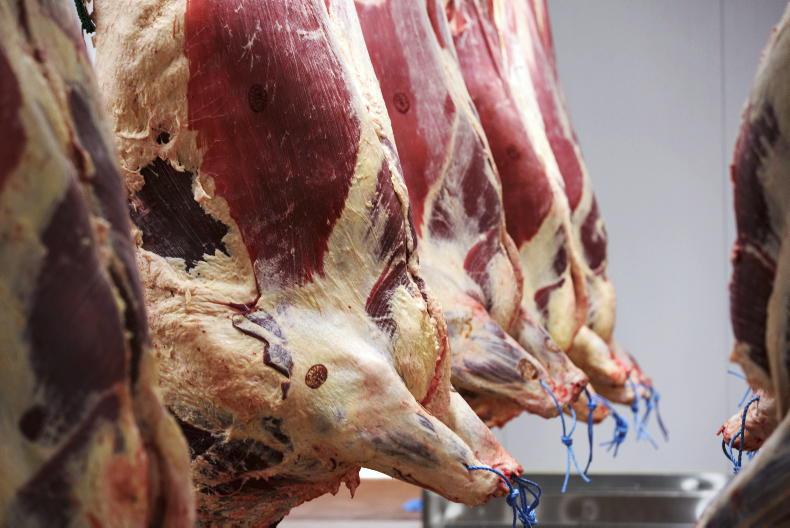
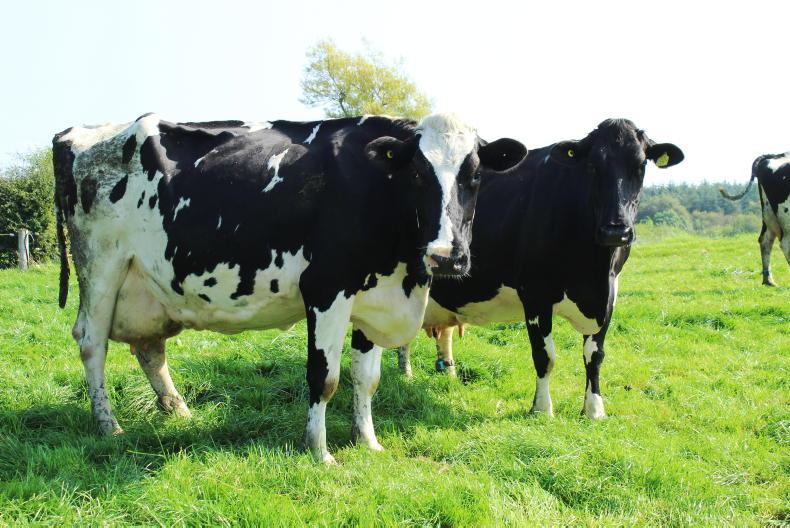
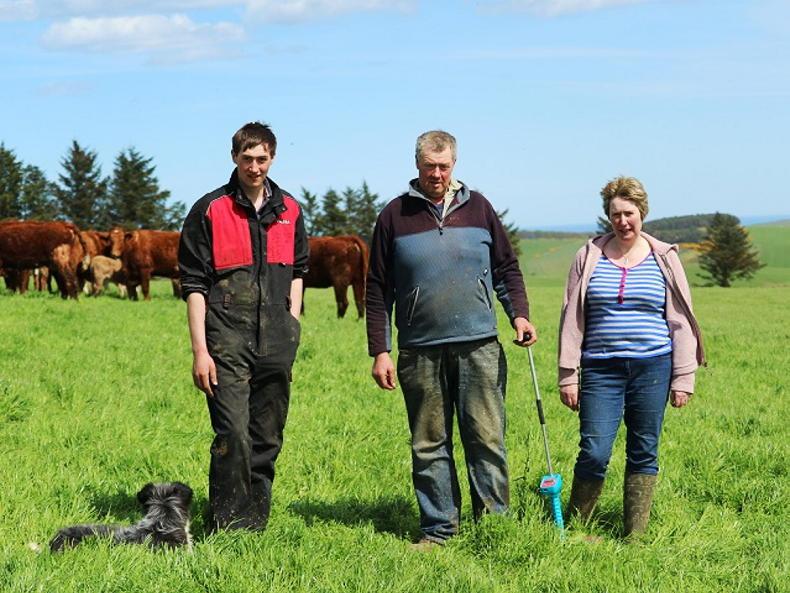
SHARING OPTIONS